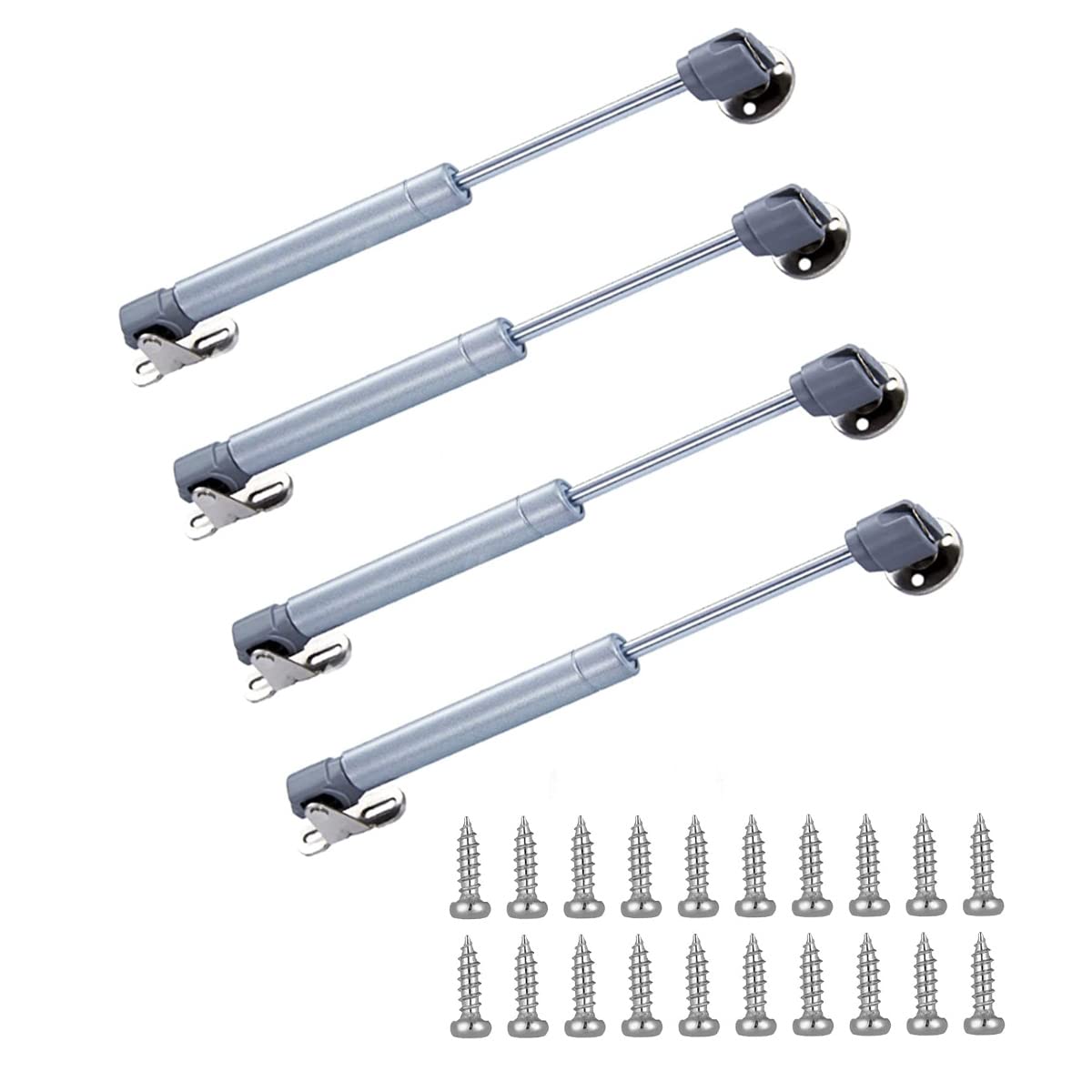Increasing production capacity and efficiency is a primary goal for any industrial operation seeking to remain competitive and profitable.
Enhanced production is not merely about working faster; it’s about working smarter through strategic investments in technology, maintenance, and process optimization.
A holistic approach that addresses the health of the machinery, the quality of raw materials, and the skills of the workforce will yield sustained growth.
By methodically identifying and eliminating bottlenecks, manufacturers can unlock latent capacity and drive up overall output without compromising quality.
Adopt Predictive Maintenance Strategies
Unexpected equipment failure is one of the biggest inhibitors of high production volume. To minimize unplanned downtime, transition from reactive maintenance (fixing things after they break) to a predictive maintenance strategy.
This involves using sensors and data analytics—often referred to as Industrial Internet of Things (IIoT)—to monitor machine performance, vibration, and temperature in real-time.
By predicting when a component is likely to fail, maintenance can be scheduled during planned downtime, ensuring uninterrupted production and maximizing machine uptime.
Upgrade Key Machining Capabilities with an Automated CNC Lathe Machine
For manufacturers relying on precision turning and milling, the efficiency of the cnc lathe machine shop dictates the pace of the entire facility. Investing in advanced equipment, particularly an automated CNC lathe machine, is a direct route to enhanced production. Modern CNC lathe machine technology offers faster cycle times, greater precision, and the ability to run complex operations with minimal manual intervention.
This upgrade not only increases the speed of component creation but also ensures superior consistency and reduces material waste, which further boosts effective production.
Optimise the Supply Chain for Critical Custom Wire Mesh
Production can only move as fast as the supply chain allows. To enhance output, companies must secure a reliable and flexible supply for all critical inputs. This involves vetting suppliers, establishing strong vendor relationships, and maintaining safety stock levels.
For industries that require specialized filtration or separation elements, ensuring a steady, high-quality supply of custom wire mesh is crucial.
Delays or quality issues with materials like custom wire mesh can quickly shut down assembly or processing lines, so reliable procurement is a foundational step for high-volume production.
Implement Lean Manufacturing Principles
Applying Lean principles involves systematically identifying and eliminating waste across all processes. Waste can manifest in many forms: unnecessary inventory, excessive movement, defects, and overproduction.
Conduct value stream mapping to visualize the entire production flow and pinpoint non-value-added steps.
By streamlining workflows and reducing process variability, you can shorten lead times and increase throughput with the existing resources. A leaner operation is, by definition, a faster and more efficient one.
Cross-Train and Empower the Workforce
Human capital is an essential driver of production growth. Invest in cross-training operators and technicians so they are proficient in multiple roles. This increases flexibility across the factory floor, allowing staff to quickly cover absences or re-allocate labor to areas experiencing bottlenecks.
Empowering employees to suggest process improvements and take ownership of minor repairs on their machines fosters a proactive environment. A skilled and flexible team is far more capable of sustaining high production rates than one restricted by rigid job roles.
Leverage Automation and Robotics
Integrating automation and robotics is an increasingly common method for rapid production enhancement.
Collaborative robots (cobots) can handle repetitive, high-volume tasks such as packing, sorting, and quality checking, freeing up human workers for more complex, decision-based roles.
Automated guided vehicles (AGVs) can streamline internal logistics, ensuring that materials and components move efficiently between work stations. By embracing intelligent automation, manufacturers can achieve consistent, high-speed output 24 hours a day.











